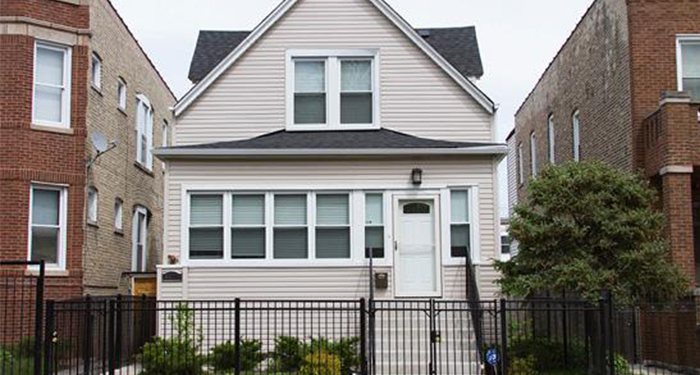
The house at 4419 N. Kimball Ave. was rehabbed under the federally-funded Neighborhood Stabilization Program. After costing $594,359 to fix up, it sold for $187,000. The Chicago Reporter
Phil Ashton, former GCI fellow and scholar, and associate professor of urban planning and policy was quoted in a The Chicago Reporter story on the disparities of housing rehab aid throughout the city.
Chicago began receiving program money in 2009, roughly a year after the housing market crashed. In the six years since, the city has collected $169 million — of which $140 million went to rehabbing and demolishing homes. Phil Ashton, an urban planning professor at the University of Illinois at Chicago, says the federal aid “was never enough money to put a dent in the foreclosure problem.” It was, however, the first big chunk of federal money sent to Chicago to address the vacant properties left in the wake of the foreclosure crisis. And in the city’s poorest neighborhoods, where vacant homes can be bought for the price of a car, the hope was that it would go a long way.
But records obtained through the Freedom of Information Act show the city spent money on buildings with luxury finishes in gentrifying areas while distressed properties in some of the city’s hardest hit neighborhoods were left to languish. In their grant proposal to the U.S. Department of Housing and Urban Development, city officials pledged to rehab 2,800 units, a combination of apartments, condos and single-family homes. Less than one-third were completed.


